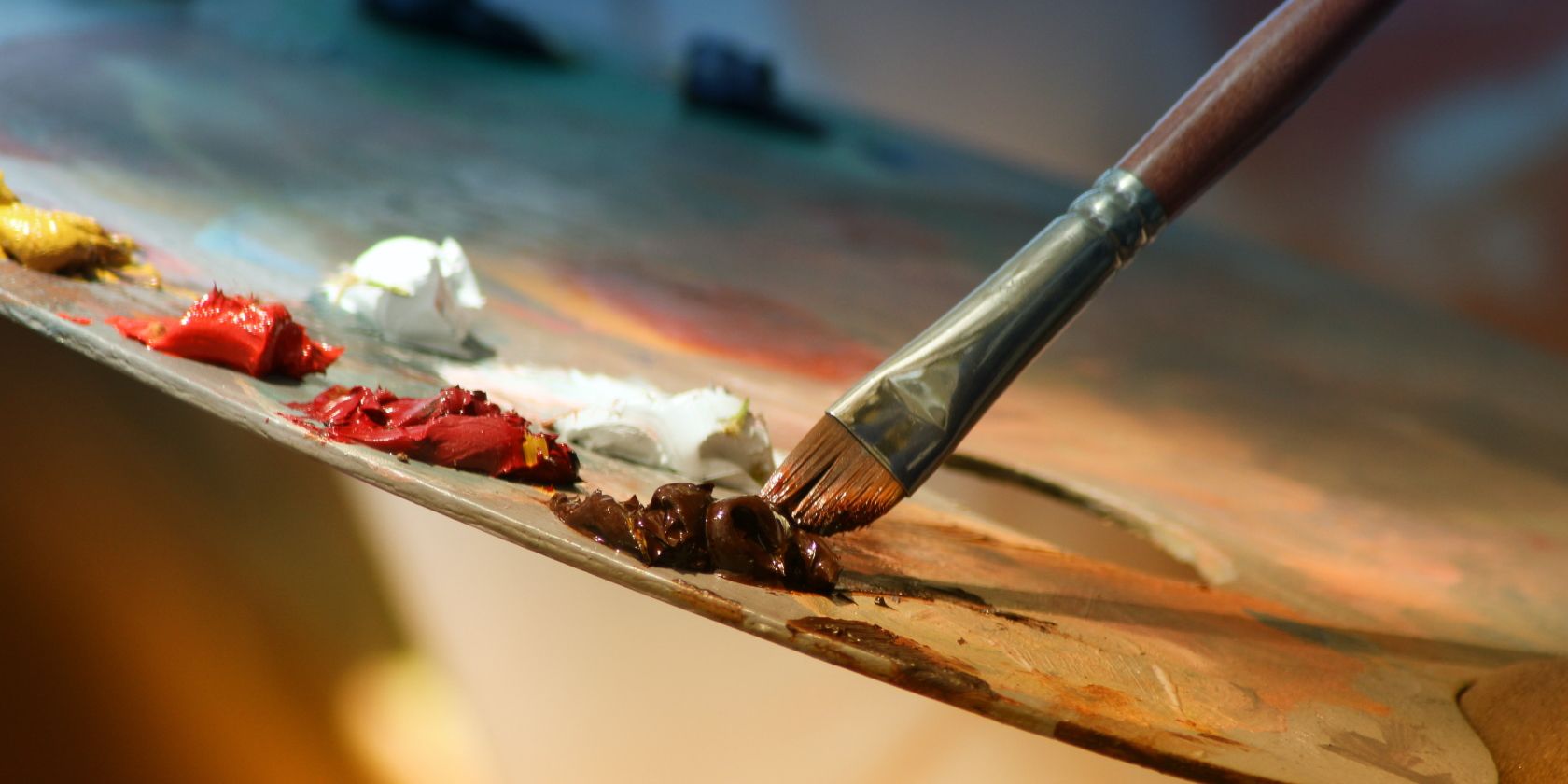Are you an art student or hobbyist looking for ways to get your artwork out there? Building an art business from scratch is a great way to get yourself known, show off your skills, and acquire some sales.
Whether you're a creative person looking for a side hustle or aiming to create a full-time business after already working in the art industry, this can open up a range of artistic opportunities. Here's what you need to do.
1. Decide What to Sell
Taking the first step is always the most difficult part, and that is deciding what to sell. What are you best at creating, and what would you feel more comfortable doing on a part-time or full-time basis? You might want to reproduce prints of your favorite art pieces and make them into postcards or digital downloads, or you might prefer selling unique works painted by hand.
If you can't decide on one thing, however, feel free to expand your creations into categories such as digital and traditional media. Are you skilled at pixel art and think you could piece together a gorgeous keychain? Here are the best pixel art tools to create pixel-perfect artwork.
2. Choose a Good Printer
Choosing a good printer is especially important if you've decided to print copies of your artwork. Not only does it help an artist save money, but allows for high-quality images to be produced from home; no need to pay a business to print your work.
Compared to a plain office printer, Inkjet printers can use quality pigment ink as opposed to dye-based ink, allowing for better color reproduction and larger, heavy media to be printed. Consider purchasing a printer with a chroma optimizer, as this gives glossy prints a smoother top coat.
3. Research the Competition
The arts will always be a competitive field since many want to succeed in it, so researching your competition can help you find the loophole that no one is venturing into. What are people wanting to buy, and how often are they searching for it? Where are they buying this particular artwork from, and what is that business doing differently to beat their competition?
Once you can figure out what your audience wants within your niche, you can figure out how to sell to them. Most commonly, a direct-to-consumer business model is used, which can include selling from a website or studio. Alternatively, you could try the NFT route if you have an interest in digital currency; here is how to make an NFT, then sell it online.
4. Create Your Art and Take Photos
Once you've decided on your niche and your preferred method of selling, you may think that creating your artwork is the easy part, but there are a lot of boxes to tick. What kind of art supplies and art medium will you need to stock up on, and how will you budget a monthly or bi-monthly restock? If you want to buy high-quality items, this can be costly.
If you've chosen to make digital artwork, what kind of software will you be using? Here are some of the best drawing and painting apps to help you get started. For photography-based work, you'll want to buy a good camera and gear as well. Whichever niche you choose, you need to consider what you need before even getting started.
Once you've created your work, you need to take photos of it to show to potential buyers. You can use your smartphone camera for this, just ensure the lighting and composition are flattering. You can even add props.
5. Choose a Platform
The platform you choose to sell on can make or break you. Choose something that will be the most visually appealing to your potential clients, and that will also make sense for your type of art and price point. Squarespace, Wix, Shopify, and Etsy are the most renowned.
Having your own website gives you a sense of professionalism as an artist, and it also gives you an easy-access portfolio for potential buyers. If you'd like to create a mockup of your thought process regarding your site, here is how to create a mockup of your website using Canva.
6. Build a Brand and Market Your Art
Once you've established a website portfolio and know what you're selling, building your brand from the ground up is the next thing that needs to happen, and this usually involves social media. Sharing your art and website on social media allows people to get to know you and what you do, what you stand for and why you're different.
To get your first client, Instagram is one of the best places to market yourself, and Instagram Reels is a great feature you should take advantage of. You can also post art tutorials on TikTok or YouTube, show sped-up videos of yourself creating the artwork, or answer questions. The most important thing to take note of is to be creative and to keep engaging with others.
Not looking to go the social media route? Here's how to build your artist brand without social media.
7. Work With Galleries
Working with an art gallery is a great way to gain public recognition. Decide where you want to display your work and which galleries align with your work and artistic goals.
Attend gallery events, build relationships with others in your field, offer to speak about your work, send in applications, and remember to follow submission guidelines. Getting into a gallery isn't always a simple process, so keep your options open.
8. Package and Ship
If you're selling physical art pieces, how do you want to package them? The packaging and shipping process can affect the reputation of your business, so plan accordingly.
For framed works, you want to use materials such as sturdy cardboard, bubble wrap, heavyweight plastic bags, packing paper, and clear packaging tape; consider double boxing it for extra security. For smaller art pieces, these can be shipped in padded satchels.
You need to factor in weight and dimensions for shipping, distance for travel, taping and labeling, the kind of shipping you offer customers, and allow the buyer to track their purchases.
9. Copyrighting Your Work
When creating any artistic work, you want it to be protected. Copyright law protects any original work that is tangible and perceptible, such as visual arts, websites, or photographic art.
This law ensures no one can steal your original ideas, and protects your property from being sold and profited from by a third party. To be able to hold these infringers accountable, you'll likely need to register your copyright depending on where you live. If you're in the US, register it with the US Copyright Office.
10. License Your Work
If you have tried every possibility but aren't feeling too good about hustling in the creative world, there is potential for you to license your artwork, which can happen through companies, an agent, or by pitching your work to others. Licensing allows you to receive a percentage of royalties by agreeing to a contract, as a business pays a fee to use your artwork for commercial purposes.
Some of these profits will belong to the business that is selling your work, which could be on a company shirt or packaging. However, this can also be an effective route for obtaining passive income while you build a second business. In some cases, you can be rewarded up to 10% of your revenue.
Build Your Art Business
It doesn't matter if you're a beginner or a creative professional looking to expand your portfolio, growing an art business is possible regardless of your skill level and will benefit your artistic career in the long haul.
With the right tools, creative flair, and determination, you'll be on your way to having a secondary source of income. Platforms like Artwork Archive are a great resource for aspiring artists to get involved in.


